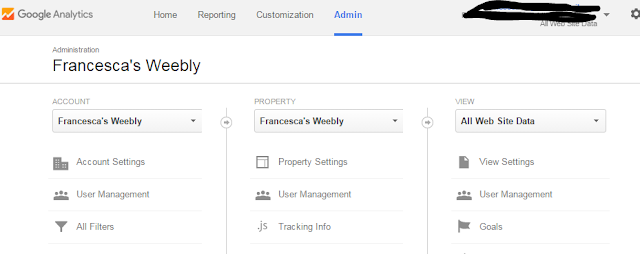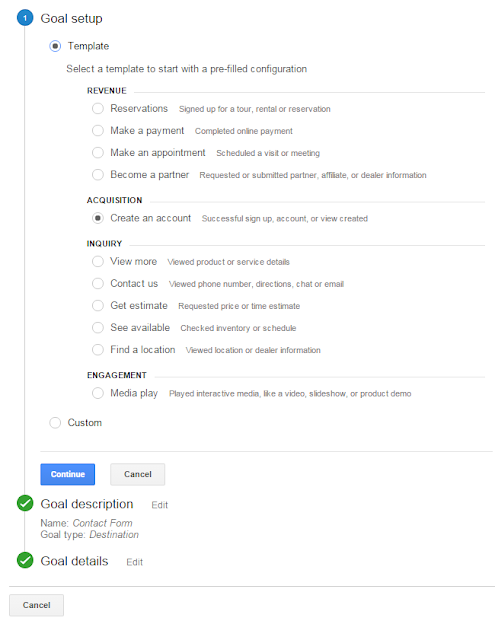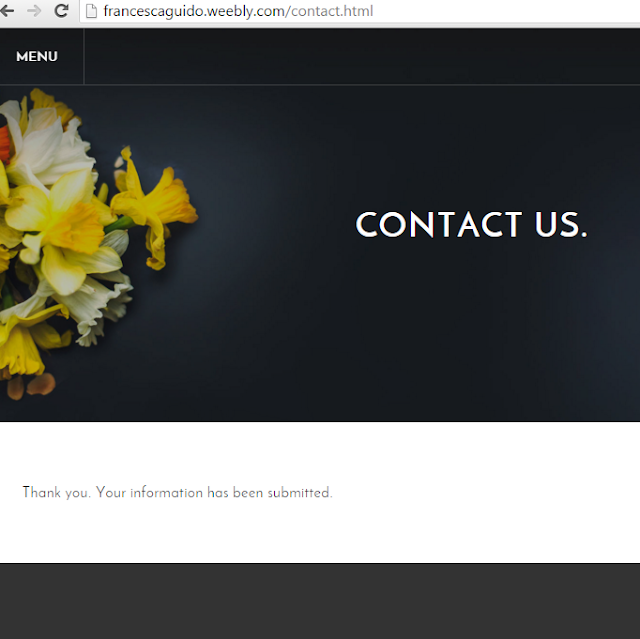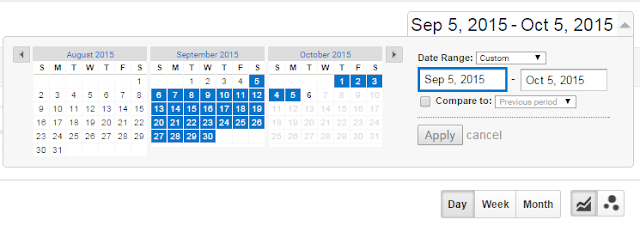There are six things to remember when negotiating your salary. Don't expect the employer to give you a fair wage. They're running a business! Their entire motive is to make money, so if they can pay you less they will.
First: Discuss salary at the end of the interviewing process, only if they have actually offered you the job.
If the interviewer asks prematurely, "What kind of salary are you looking for?"
Here are 3 responses you should be prepared with:
- "Until you decide you absolutely want me for the job, and I also believe I'm fit to do this job then, then any further discussion of salary is a little premature."
- If the employer wants to know what salary you are looking for within the first two minutes, this is not a good situation to be in. In this situation you could say "I'll be glad to answer that, please tell me a little more about what this job involves?"
- Your final option is to give a range, perhaps you could say "I'm looking for a salary in the range of $35,000 to $45,000 a year"
Only discuss salary after these condition have been fulfilled:
- The employer has gotten to know you at your best. This way, you will stand out above other applicants.
- When you have gotten to know them completely. You feel absolutely certain this is where you want to work.
- You understand what the job entails.
- The employer believes you match their job requirements.
- They have conveyed the feeling, "We need to have you here."
Second: The entire goal of salary negotiation is to discover the most an employer is willing to pay to get you.
Employers will always start the bidding process much lower than they are willing to go. Their goal is to save money, and your goal is to bring home the most money for the work you will be doing.
Third: During the salary negotiation, let the employer mention the first salary figure.
What Color is Your Parachute? doesn't explain the reasoning behind this, but my guess is purely out of curiosity from the employer. If you're asked to name a figure, simply respond with "Well, you and your company have created this position, so I'm sure you have a figure in mind, and I'd be interested to learn what that figure is."
Fourth: Remember to do careful research on typical salaries for this field and this particular organization you are interviewing for.
Salary Research Online:
- http://jobstar.org/tools/salary/index.php
- http://www.salary.com/
- http://www.bls.gov/ooh/
- http://stats.bls.gov/oes/oes_emp.htm
- http://www.myplan.com/
- http://www.salaryexpert.com/
Salary Research Offline:
Apply at an organization where you're not too interested in working at, but the job description is similar to one you're looking for. You can decline any offer at any time, so this is harmless. Or, you can even go to this particular company and ask around. Another option, if you're out of a job, is to find work through a temp. agency. You can work various jobs and learn about different organizations and the corresponding salaries associated with these jobs.
Fifth: Research the range the employer has in mind, then define an equivalent range for yourself regarding the employer's range.
This research is a little extensive, but will be well worth it. First you must find out the salary for the position below you makes, and then the salary for the position above you makes. This will give you a range of figures to use a guide. You can use LinkedIn to help you find employees, ex-employees, friends, family, anyone with a little information about this particular organization you're interested in, or one similar in another city or region.
If you want to do even more research, you can! "Governmental agencies have civil service positions paralleling those is private industry" (WCIYP). These pay ranges and job descriptions are available to the public. You can find this information in your nearest city, county, regional, state, or federal civil service office. Find the job description nearest to the job you're looking for, and then find the corresponding starting salaries.
Sixth: Know how to close the salary negotiation.
When the interview, the discussion of the job, the finding out if they like you and you like them, the salary negotiation, and the discussion of benefits has concluded, then your job is to get everything is writing. You should get everything they're offering summarized in writing, typed, and signed. Sometimes everything that has been discussed in this process gets "forgotten." It's important that this "letter of agreement" or "employment contract." You can ask for this, and if they won't give it to you, be cautious!














































